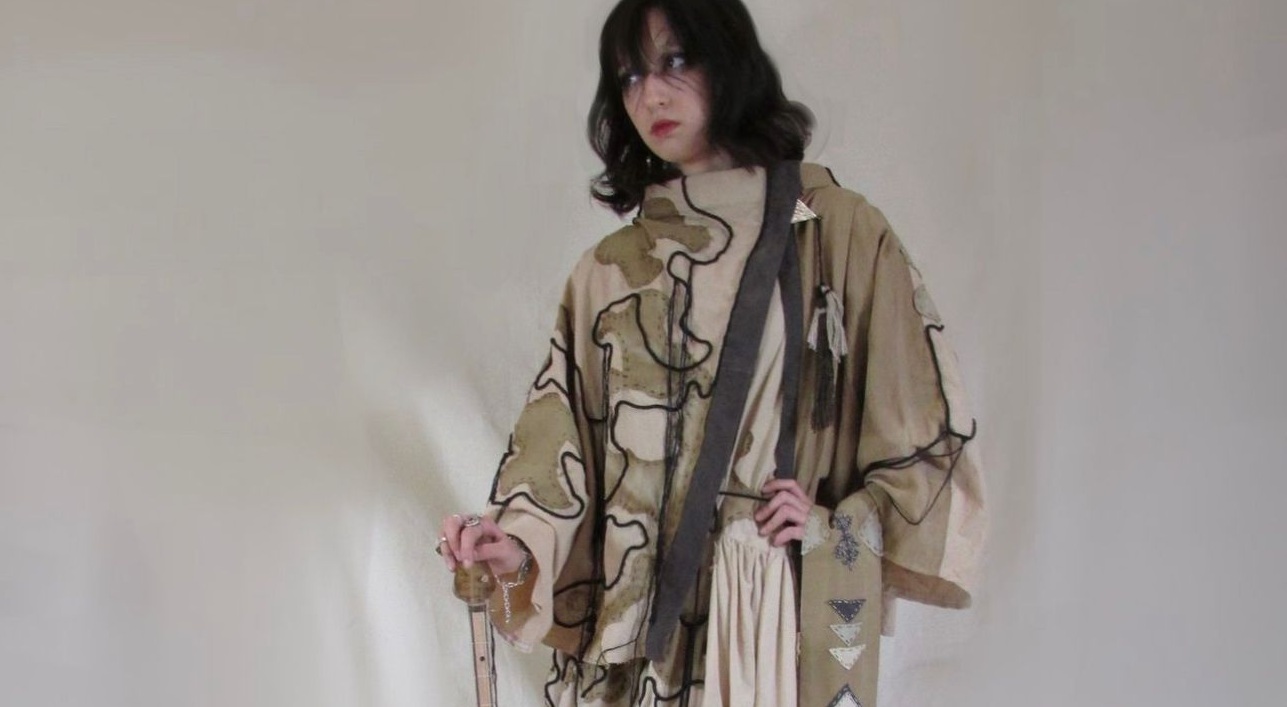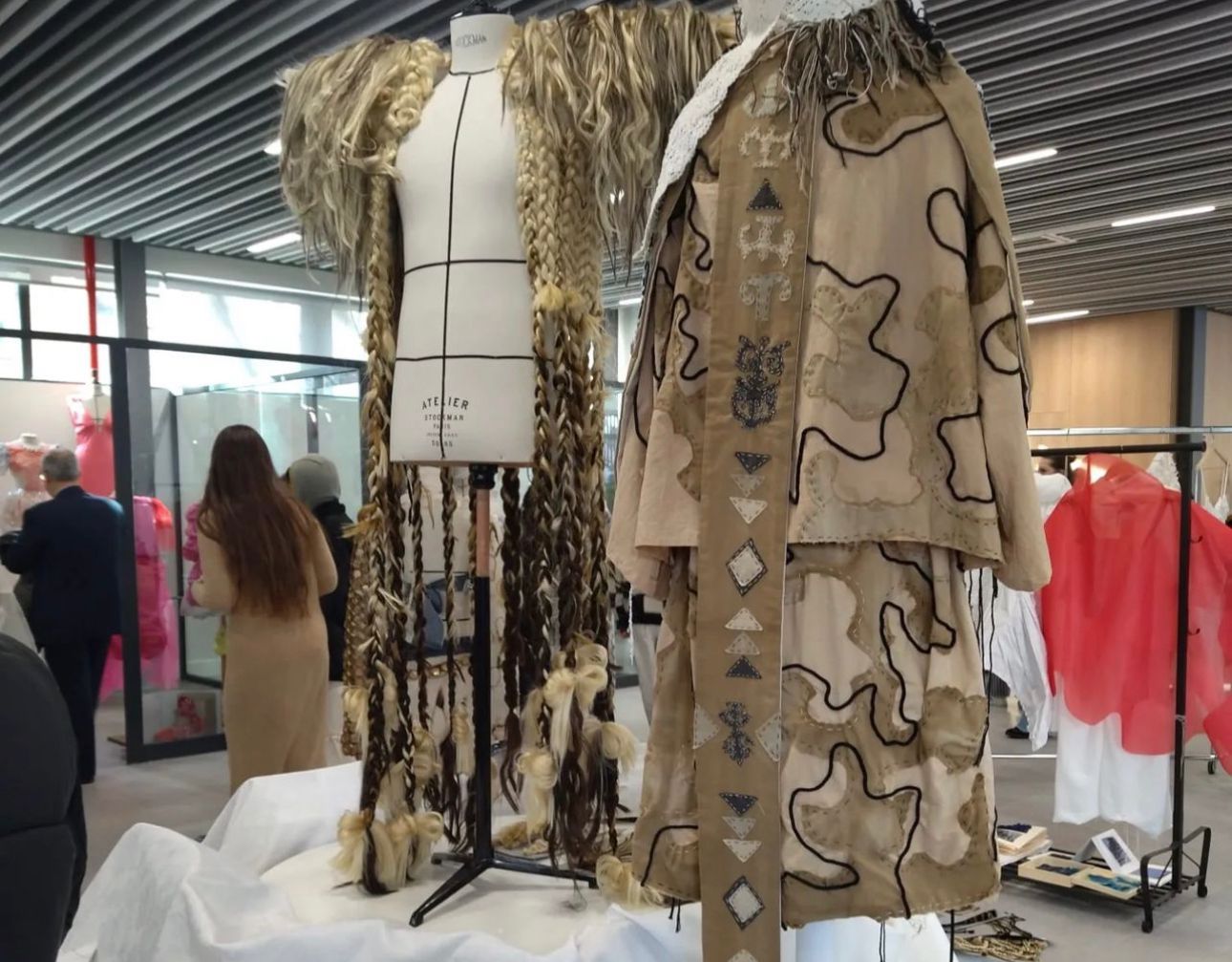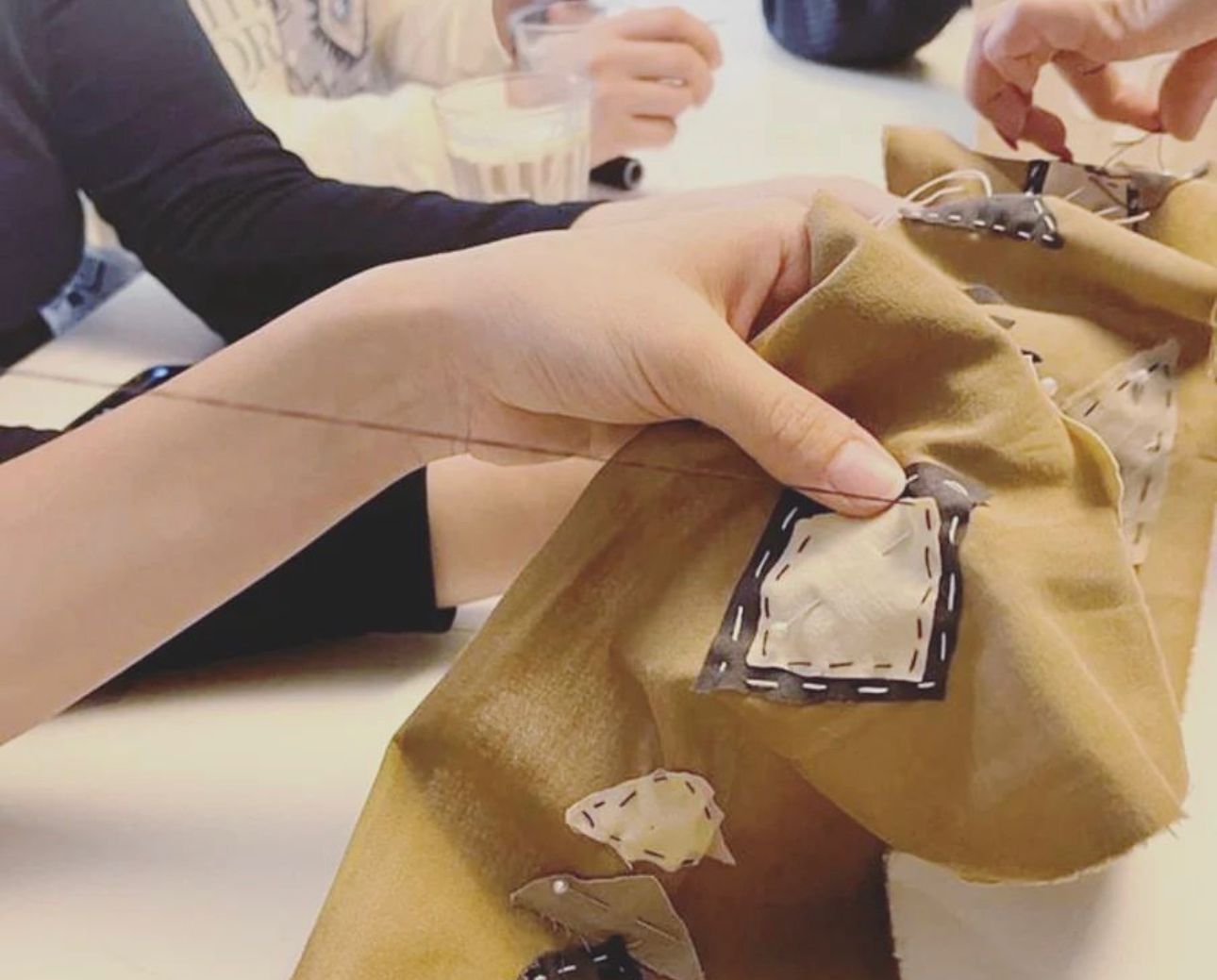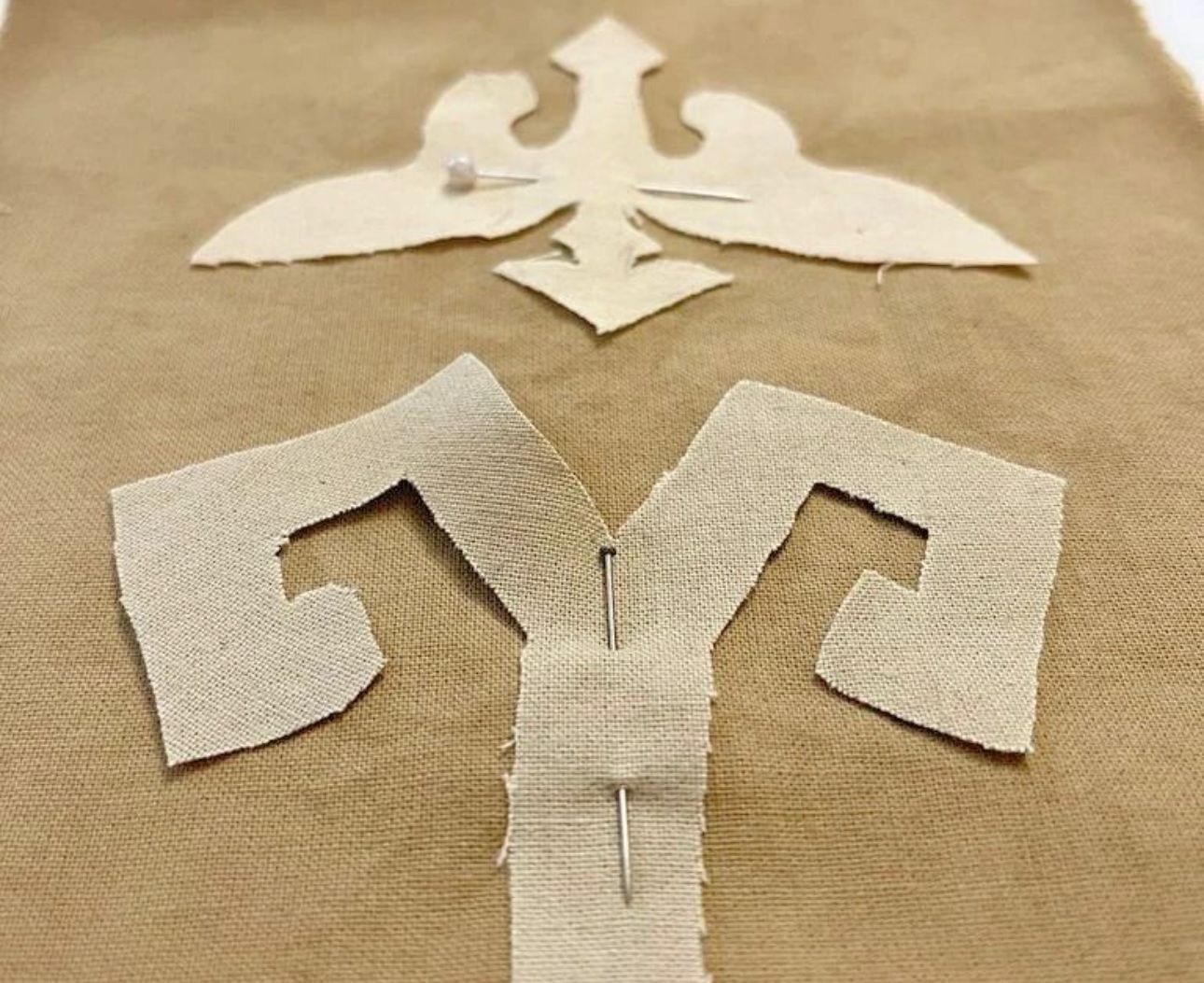
Alexandra Garcia is a designer in Spain who sews clothes with Kazakh national patterns. Why the girl chose a direction whose homeland is thousands of kilometers away from her, read in the material «Голос народа».
Alexandra’s mother is Kazakh, and her father is Spanish. Even the surname, it turns out, is double in Spain, for the father and mother, so her full name and surname sound like Alexandra Garcia Nurbaeva.
Alexandra was born and raised in Spain. Оnly two years ago I visited Kazakhstan for the first time. We can say that the trip changed her life. Since, having visited her mother’s homeland, she began to study the history of Kazakh ornament.
“I began to draw inspiration from Kazakh culture, ornaments and costumes after my first trip to Kazakhstan. I had a wonderful art and fashion history teacher who taught me to study culture and ancient history through the fashion and clothing of the people. I learned a lot during my trip to Kazakhstan and still felt like I could learn more,” says Alexandra Garcia.
The designer assures that fashion and style can tell about the culture, traditions and history of a people. Therefore, she calls for appreciating fashion as more than just a leisure activity, since it can tell as much as monuments, books or works of art.

“I decided to find out more because I had never really been interested in Kazakh culture. My mother, who was born during the Soviet era, always preferred Russian culture over her native one due to her education. Perhaps believing that Russian culture is richer or more famous. After the trip, I felt that there was a huge emptiness in me, in my mother, in my family and in my education, which is why I could not understand the culture immediately and completely,” the girl admits.
Alexandra admits that for her, preserving the cultural wealth of the Kazakhs is also a way of healing from the consequences of Soviet colonization, from which her mother suffered.
For example, today Alexandra Garcia in the project “Apostasía” explores the cultural losses of Kazakhstan during Soviet colonization.
“The geometric shapes symbolize the effects of famine and genocide, reflecting the loss of freedom and tradition. This project establishes a dialogue between lost and imposed traditions, reflecting how modern generations perceive their cultural heritage in the present,” she describes.

Alexandra also worked on projects to popularize national ornaments among Kazakh youth in Spain. The girl said that residents of Spain often admire the Kazakh national costume. For Spaniards, studying the meaning and history of clothing and jewelry is considered important. Hence, Alexandra developed a desire to learn more about Kazakh culture.
“I would like to choose something related to the Kazakh costume and its history as the topic for my thesis at the university. Of course, I need to talk to the professors and see if they think this is suitable for my career, but I would really like to be able to do this,” admits Alexandra Garcia.
Alexandra says she would like to find a book on the history of fashion in Kazakh, if it exists. At the same time, she gave her assessment of the clothing and style of the Kazakhs.
“From the analysis I carried out, I can say that due to the way of life, the Kazakhs used everything to the last moment, had a very high level of craftsmanship, and their clothes were focused on practicality for every day. On a cultural level, the style is very complex and rich.The national clothing has been influenced by other cultures due to the Silk Road, so it is very unique, but at the same time somewhat familiar. Also the clothes contain a lot of information about the beliefs and religion of the ancient Kazakhs and can tell that they had great respect for nature, which is a way of life.

Depending on the type of embroidery, textiles or ornament, one can trace the territorial affiliation to the northern or southern regions. After all, fashion can tell a lot about traditions, lifestyles, beliefs and history. And also about social status, a person’s role in society, as well as what event the outfit is intended for,” shared the designer.
Alexandra was working on a project to make bags that depict patterns with a specific meaning. The girl admits that she would like to distribute them in Kazakhstan, but now her studies at the university are preventing her. Maybe she will start selling bags to Kazakhstan via the Internet.
Author
translated by Qazalem